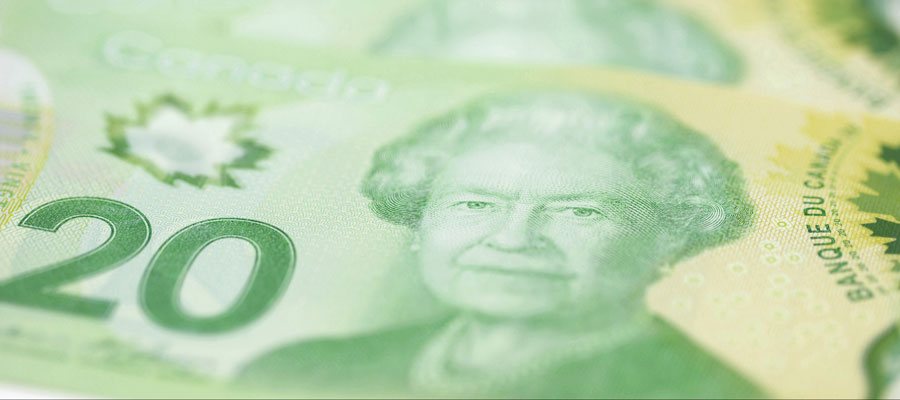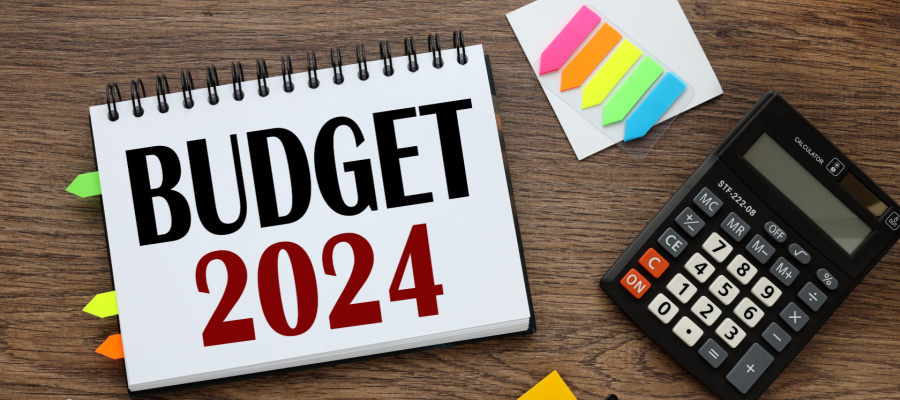Budget 2016: less money collected as taxes and spent on health and education

For me, the most interesting part of British Columbia’s Budgets are always at the back of the 134 page Budget and Fiscal Plan document.
Buried back there in tables A9 to A13 is information about how much of the province’s treasure is being collected from various sources and spent in various program areas going back to 2009/10 and projected forward to 2018/19. Table A9 shows that some of the fastest projected revenue growth over the period reported were Medical Services Plans rising by 5.9% annually and post-secondary education fees where revenue goes up by 6.1% annually. MSP premiums between 2009/10 and 2018/19 will rise by more than a billion dollars despite any changes announced in Tuesday’s Budget.
Table A10 shows us that revenue from taxation is going to fall from 9.9% of BC’s nominal Gross Domestic Product in 2015 to 9.4% in 2018/19. As a portion of our GDP, natural resources revenue is also predicted to fall.
Table A11 shows us where spending is going up in dollar terms but table A12 shows where it is going down as a share of our Gross Domestic product. Health care spending will fall from 7.8% of GDP in 2015/16 to 7.5% in 2018/19. Education spending falls from 5.0% of GDP to 4.7% of GDP. At the bottom of this table are figures that show real per capita operating expenditures adjusted for inflation. The figure for 2018/19 is $9,580, lower than the $9,656 shown in 2009/10.
Finally, table A13 shows how many full-time equivalent staff work for the provincial government. Back in 2009/10 there was one provincial public employee for every 123 British Columbians. By 2018/19 this will rise to 151.2 British Columbians for every person delivering provincial services.
So, all told, what does this add up to? We are continually putting fewer of the province’s resources to critical issues like health and education and we have fewer people to deliver those and other services. As a portion of GDP, overall taxes are going down. But MSP premiums, which are still not progressive taxation, and student tuition fees are among our fastest growing revenue sources.
BC brags it has among the lowest income tax rates in Canada while still having no poverty reduction plan. It has high poverty rates for children and low social assistance rates for our citizens who need help most. Real inflation adjusted education spending per student will actually fall. But they still manage to be able to set up a $100 million “BC Prosperity Fund.”
Tables A9 to A13 show how it is done and who is paying for it.


